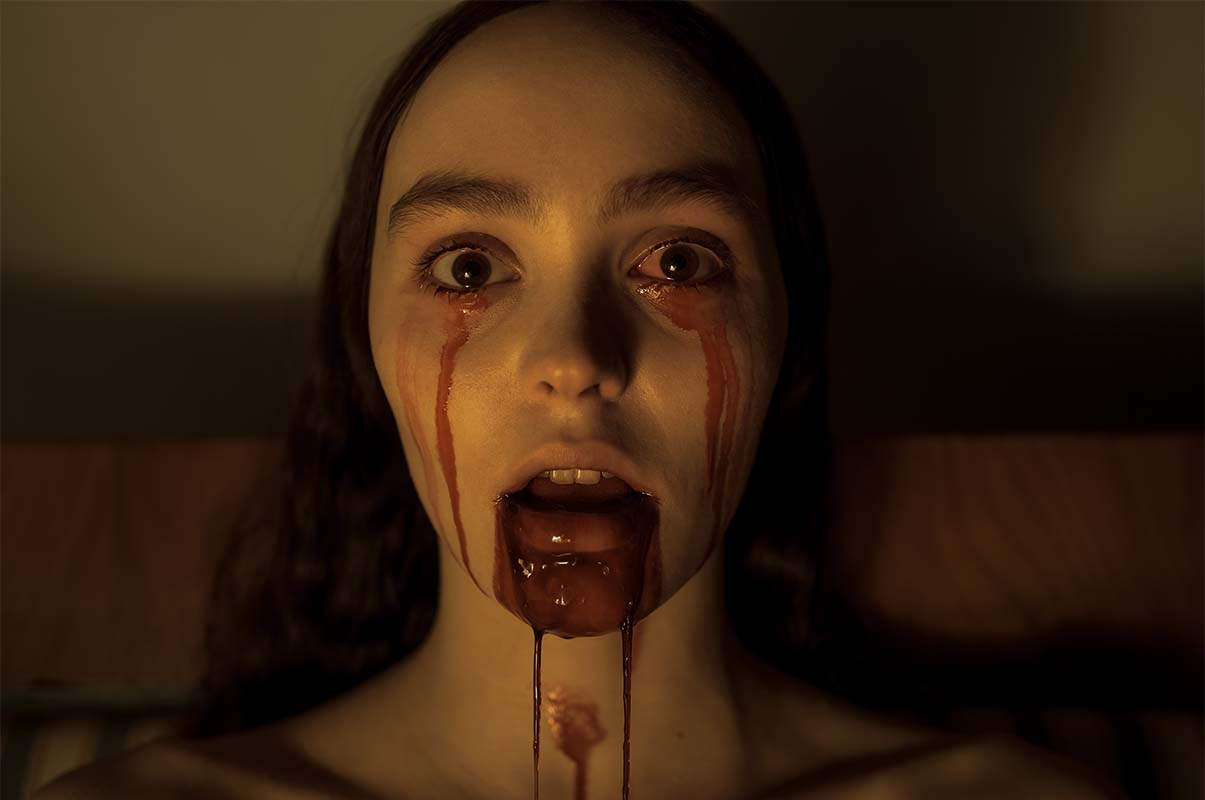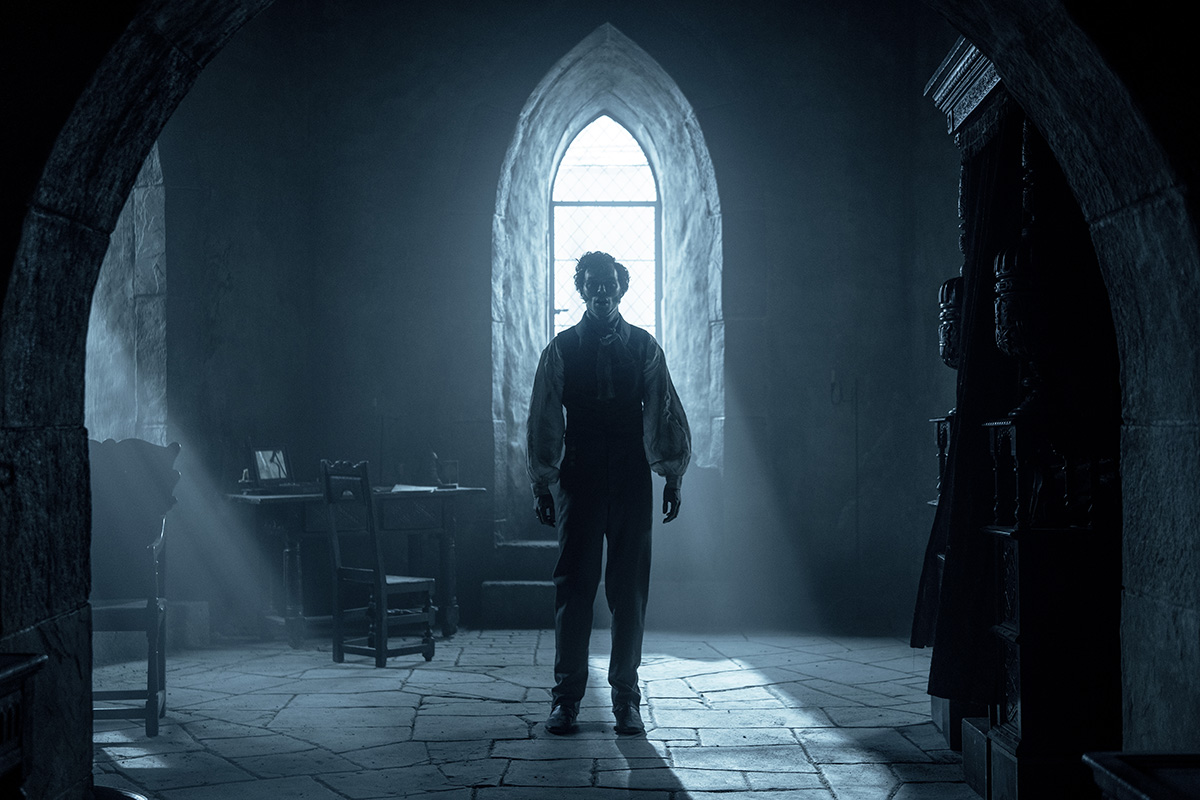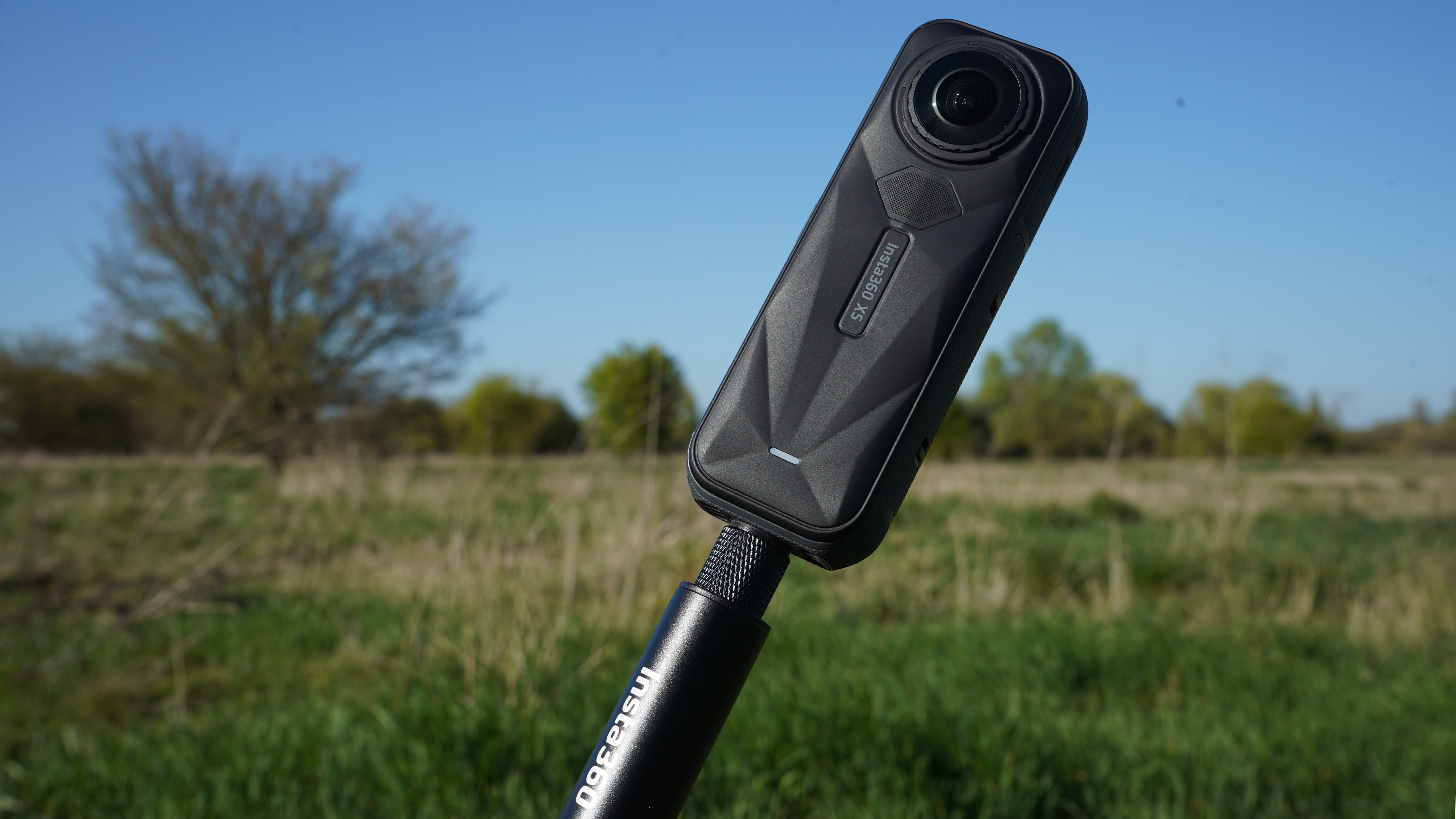Nosferatu has the best cinematography I’ve seen in a long time – here’s why it’s a film every photographer should watch
I was in awe of Jarin Blaschke’s use of composition while watching Nosferatu, I’m not surprised it’s up for the Best Cinematography Academy Award

I watched Robert Eggers and Jarin Blaschke’s latest movie Nosferatu last weekend, a remake of 1920s silent movie Nosferatu: A Symphony of Horror, which itself was an adaption of Bram Stoker’s Dracula, published barely two decades prior. And I have to say, it’s one of the most visually arresting films I’ve seen in a long time.
I’m certain you could pause the movie at any given juncture and you’d be left with a portfolio-worthy film still. In a world where moviegoers are raised on a diet of vibrant, HDR-infused Marvel flicks (which I do still enjoy), Nosferatu’s use of focus, lighting, composition, and even its unconventional (in modern cinema) 5:3 aspect ratio, is a welcome change of pace. Scenes are slow and minimalist in comparison to the dopamine-rich speed and detail of modern blockbusters.
Nosferatu’s imagery doesn’t spoon-feed its audience. It’s happy to conceal large portions of the screen in total darkness, displaying excellent use of negative space and not shying away from simple, yet effective, compositions.
Panavision has released an excellent video interview (above) with Jarin Blaschke, where he discusses the film's use of composition. Nosferatu is set in 1838 and the filmmakers were heavily influenced by the romanticism art of the day, “if anyone saw any art, it would've been in paintings, not photographs. So what was the style of painting at the time? Hands down, romanticism.” says Jarin.

The filmmakers’ inspiration is evident in the film’s abundance of shadow, direct lighting, and desaturated color palette. In the same video, Jarin also talks about the use of symmetry: “I think Rob just likes classical composition anyway, so we're always kind of putting things out in a very simple symmetrical way. If you really push the symmetry, it can get oppressive, which isn't right for everything. But I think in a horror movie you can lean into that and make it work.”
A particularly inspiring part of the video is when Jarin shows his extensive storyboarding for each camera angle. I think photographers could learn a lot from this. Storyboarding is extremely common in filmmaking, but I feel it’s unusual (not unheard of) for photographers to plan out compositions like this.
He also talks about how they used Panavision lenses to produce the haunting visuals of Nosferatu. The film is currently in cinemas and has been nominated for four Academy Awards, including Best Cinematography. I’m certainly not surprised.
Get the Digital Camera World Newsletter
The best camera deals, reviews, product advice, and unmissable photography news, direct to your inbox!
You may also like...
Interested in filmmaking? Did you know Panavision turns 70, reveals 16 innovations it brought to legendary movies? You can also check out the best cinema cameras and the best cameras for filmmaking.

Mike is Digital Camera World's How To Editor. He has over a decade of experience, writing for some of the biggest specialist publications including Digital Camera, Digital Photographer and PhotoPlus: The Canon Magazine. Prior to DCW, Mike was Deputy Editor of N-Photo: The Nikon Magazine and Production Editor at Wex Photo Video, where he sharpened his skills in both the stills and videography spheres. While he's an avid motorsport photographer, his skills extend to every genre of photography – making him one of Digital Camera World's top tutors for techniques on cameras, lenses, tripods, filters and other imaging equipment – as well as sharing his expertise on shooting everything from portraits and landscapes to abstracts and architecture to wildlife and, yes, fast things going around race tracks...
You must confirm your public display name before commenting
Please logout and then login again, you will then be prompted to enter your display name.

